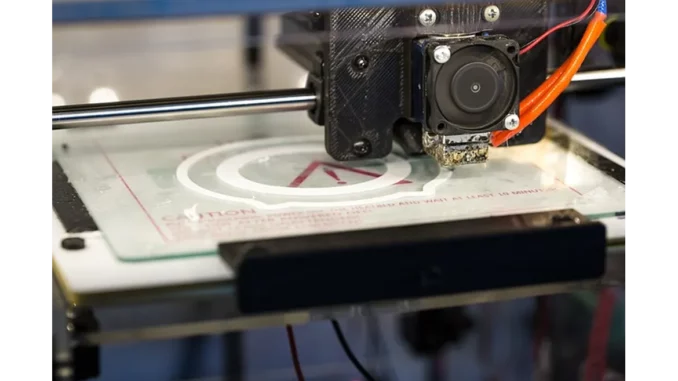
The healthcare industry stands at the cusp of a transformative era, heralded by the rapid progression of 3D printing technology. This innovation is set to significantly impact the medical devices market, which is projected to expand from USD 799.8 million in 2023 to an impressive USD 3.6 billion by 2033, maintaining a robust compound annual growth rate of 16.3%. Such growth underscores the transformative potential of 3D printing, offering unprecedented opportunities for innovation, customization, and enhanced patient outcomes in the field of medicine.
TrueNAS: the healthcare storage solution thats secure, scalable, and surprisingly affordable.
3D printing, or additive manufacturing, is revolutionising the production of medical devices by enabling the creation of intricate, customised objects through a layer-by-layer approach. This technology has significantly changed how healthcare providers approach patient care, with applications ranging from prosthetics and implants to surgical tools and anatomical models. The capacity to produce devices tailored to the unique anatomy of individual patients marks one of the most significant advantages of 3D printing. Such customisation not only improves functionality and comfort but also leads to superior clinical outcomes. For example, 3D printed prosthetics can be precisely moulded to fit a patient’s limb, offering enhanced comfort and functionality over traditional alternatives.
In the realms of orthopaedics and surgery, 3D printing technology is rapidly gaining traction. The precision and adaptability offered by this technology have made customised implants and surgical guides increasingly prevalent. Surgeons can now plan and practice complex procedures using 3D printed models of a patient’s anatomy, which improves surgical accuracy and minimises the risk of complications. Furthermore, 3D printing enables the production of lighter, stronger devices that enhance patient safety and comfort. This is particularly advantageous in orthopaedics, where implants must endure considerable mechanical stress. The production of patient-specific implants also reduces the necessity for invasive procedures, as devices can be designed to fit perfectly without extensive surgical modifications.
Several factors are propelling the growth of the 3D printed medical devices market. Technological advancements in 3D printing continually expand the range of materials and techniques available, facilitating the creation of more complex and durable devices. The growing demand for personalised medicine further fuels the adoption of 3D printing, as healthcare providers seek to deliver solutions tailored to the unique needs of each patient. However, the market does face challenges that must be surmounted to fully harness the potential of 3D printing in healthcare. The high costs associated with 3D printing equipment and materials can present barriers to adoption, particularly for smaller healthcare facilities. Additionally, navigating the regulatory landscape for 3D printed devices can be complex and time-consuming, potentially delaying the introduction of innovative products to the market.
Regionally, North America is expected to dominate the 3D printed medical devices sector, driven by its advanced healthcare infrastructure and substantial investments in research and development. In contrast, the Asia-Pacific region is anticipated to experience rapid growth, spurred by increasing healthcare expenditures and a burgeoning focus on personalised medicine. Looking forward, the continued evolution of 3D printing technology is likely to unlock new opportunities within the medical field. As the technology becomes more accessible and cost-effective, the adoption of 3D printed devices across various medical applications is expected to broaden. The future of healthcare is undoubtedly intertwined with the advancements in 3D printing, heralding a new era of personalised, efficient, and effective medical care.
In summary, the 3D printed medical devices market is on the verge of remarkable growth, driven by the technology’s capacity to deliver customised, patient-specific solutions. As the industry evolves, 3D printing is set to play an increasingly crucial role in shaping the future of healthcare, offering innovative solutions that enhance patient outcomes and improve the quality of care. The journey of 3D printing in medicine is just beginning, and its potential to revolutionise the healthcare landscape is immense. The promise of a future where patient care is significantly enhanced through technological innovation is becoming a reality, ushering in a new chapter in the history of medicine.


Be the first to comment